Every spring, as turkey season approaches, I hear several hunters complain that the turkey numbers are down. I have heard this complaint enough that I decided to research whether that’s true, and if so, what is causing it.
Not only did I find that this was true, but I also discovered that one of the top threats to wild turkey populations is predation. I’m sure it is no surprise that the decrease in wild turkey correlates with the fall of the fur market. What was once a popular and lucrative pastime for many people—trapping—is now almost nonexistent.
I talked with some once-active raccoon hunters. They told me that after the fur market collapsed, it just cost too much to continue trapping. That situation has led to a dramatic increase in the raccoon population. (If you don’t believe me, set out a pile of corn this fall over a trail camera to monitor deer. I’ve had raccoons devour 50 pounds of corn in three days before the deer ever had time to find it.)
Speaking of deer, one of the number-one threats to young deer is coyotes. Just like with raccoons, the fur market collapse led to the rise in coyotes as well. This past year, Eastern coyote fur sold for the lowest amount it has in many years. Now you may see the trend. If we don’t get a firm grip on the predator populations and encourage trapping to help manage the land, we will have fewer and fewer animals to hunt.
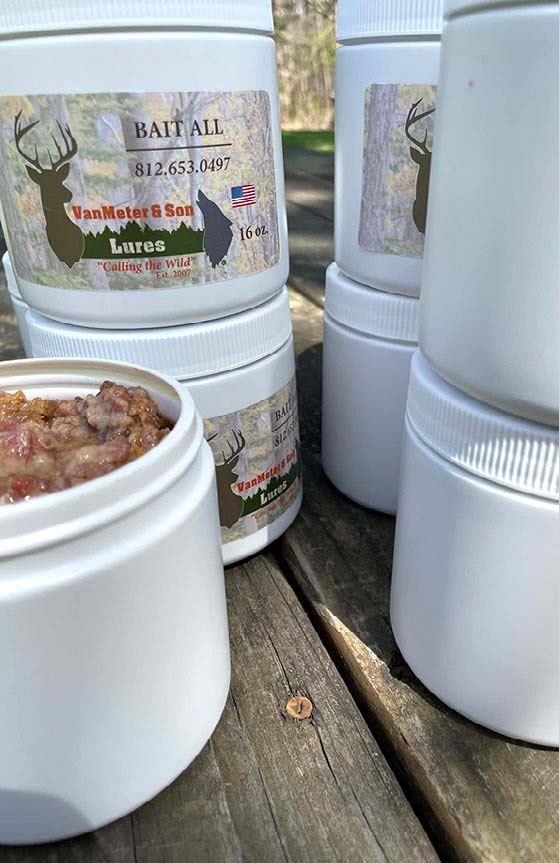
Encouraging Management
The goal of this article is not to bash the fur market, but to encourage predator management. Here, I will break down some of the most common predators, the animal populations they damage and what you can do to help control them.
Raccoons
Let’s start with raccoons. They are an all-around nuisance for many reasons. Not only are they harmful to ground-nesting birds like turkeys, pheasants and geese, they can also carry diseases that can be passed on to humans, such as rabies.
Raccoons will sniff out and raid a nest and eat all the eggs, destroying an entire clutch of turkeys with one visit. They are also capable of causing many thousands of dollars in crop damage every year to farmers’ crops. In my area, they were once one of the most hunted predators around. Now, I can drive down any rural road and count many that have been hit by cars.
There are several ways to help control the raccoon population, including trapping and hunting. They are one of the easier animals to trap and it can be done with a proof dog-proof trap or a conibear trap. You can live-trap them as well, but this only relocates the problem rather than helping to better it.
Raccoons will eat about anything. To trap a raccoon, just bait the trap with cat food, a marshmallow or a lure like coon getter from Van Meter and Son lures. Another popular way is hunting them with dogs. I have gone out on a few dog-led raccoon hunts, and let me tell you, I had a blast. Even though the fur market is not what it used to be, you can still make a couple of dollars apiece from their pelts. I truly believe that if we can get a grip on the raccoon population. the number of ground-nesting birds will increase dramatically.
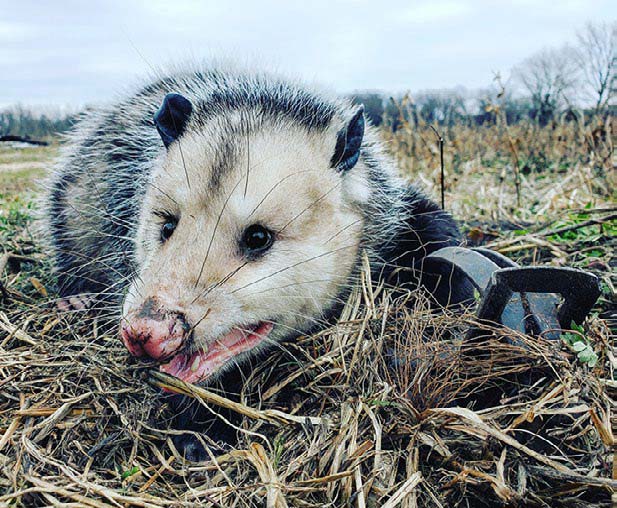
Opossum and Skunk
Like raccoons, opossums and skunks are professionals at sniffing out ground nests and eating the eggs. Around 50% of all ground nest eggs will be eaten by opossum, skunk and raccoon. That’s half of the eggs that are laid. That makes it easy to see why it is a major problem.
When it comes to the fur market, there is value in skunks, but opossum is probably the lowest-selling of all the animals. These two animals don’t present as big of a problem as raccoons do, but they still need to be controlled. They can be trapped using live traps or hold foothold traps, baiting them with something like cat food. Just be mindful of a skunk spraying you if it feels threatened. Several commercial lures are made for trapping these two predators, but keep in mind that they are not as big of a problem population-wise as raccoons.
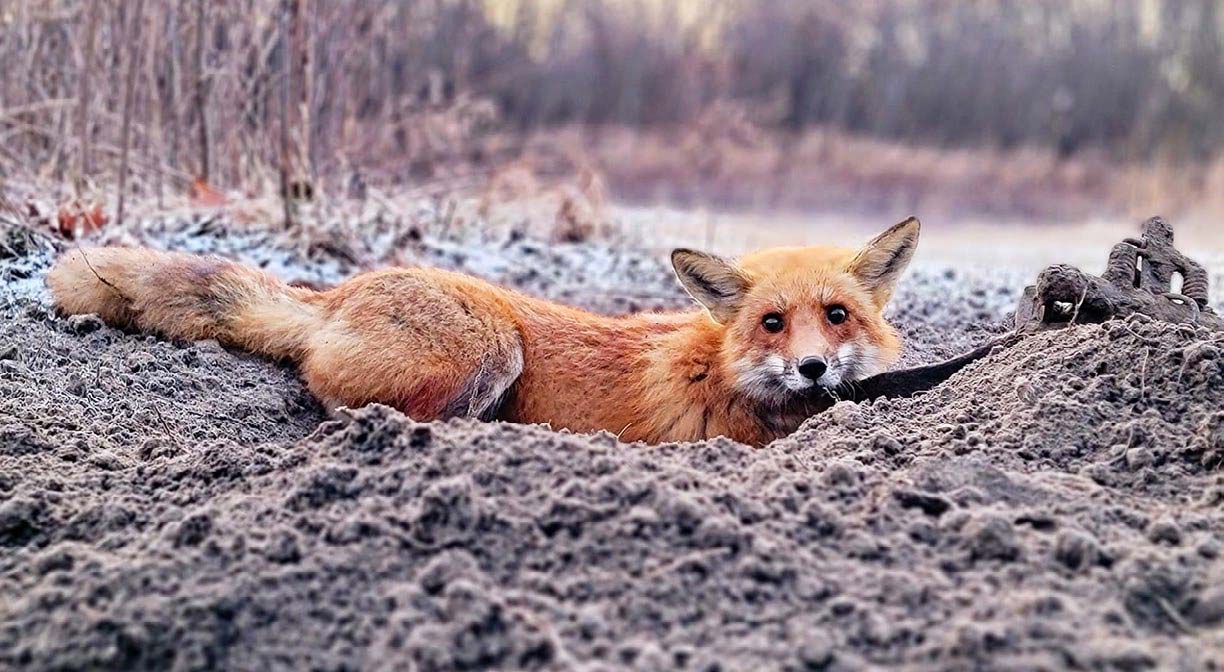
Fox
One of my favorite animals to watch from a deer stand is the red fox. They are skilled hunters and beautiful animals. Their diet consists of a lot of small animals such as mice and voles. But if they come across a ground nest, they won’t pass up an easy meal.
Unlike the above animals, the fox still has a small group of sportsmen who hunt and trap it. Their furs still sell for decent amounts at fur auctions. They are hunted a lot like the next animal we’ll discuss: the coyote.
Foothold trap sets are the most popular method for trapping foxes. Most trappers will bait their sets with a commercial lure like Van Meter and Son red fox urine. Another way they are hunted is at night, using thermal scopes and calls like a FOXPRO. When it comes to thermal optics, I like to use Covert Optics ThermX HS1. It can be used as both a scope and as a portable thermal optic. Night-hunting predators can be a great way to pass the time between deer and turkey season while still helping in conservation efforts.
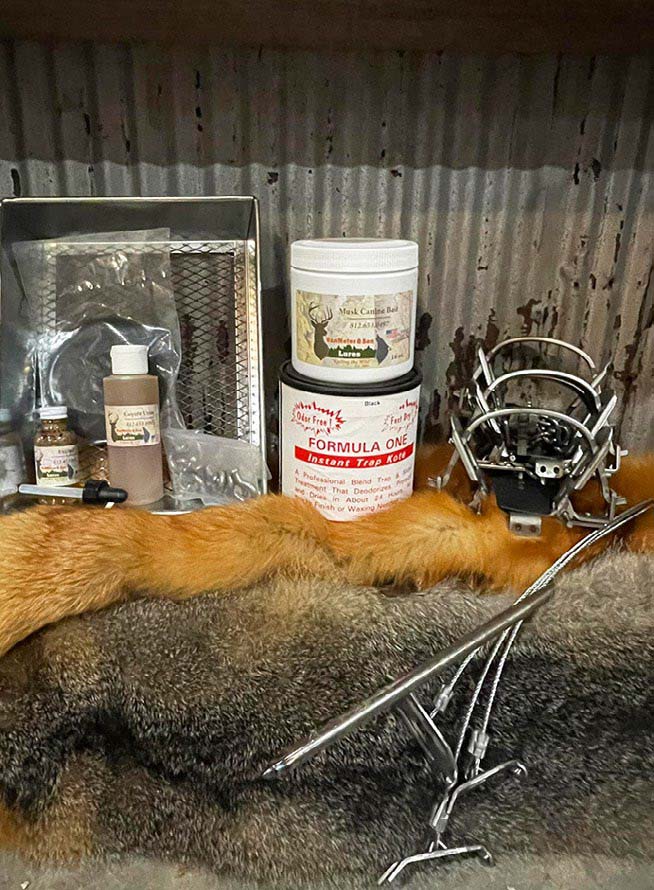
Coyote
Coyotes not only are a threat to ground-nesting birds here in the Midwest, but they also pose a major threat to the deer population. Many studies have shown a direct correlation between fawn mortality rates and coyote numbers. In the spring, coyotes will seek out deer herds to hunt the fawns.
There are several ways to hunt coyotes. Trapping, hunting and even using dogs are all very popular ways to manage the coyote population. Coyote furs are not selling as well as they have in the past, but the animals are still trapped heavily. Most trappers use foothold traps baited with products like Van Meter and Son’s excited and canine musk scents. Trapping them helps keep the fur in the best condition possible for going to the fur buyer.
With animals like coyotes that are a threat to multiple game species, I think it is important to maintain a healthy population. Here is an interesting quote from Jason VanMeter, of the VanMeter and Son company. He says he “likes to keep a few coyotes around to keep the deer population in check. This helps by not allowing the deer population to get too large.” This is just something to consider when trying to keep a balanced wildlife population in your area.
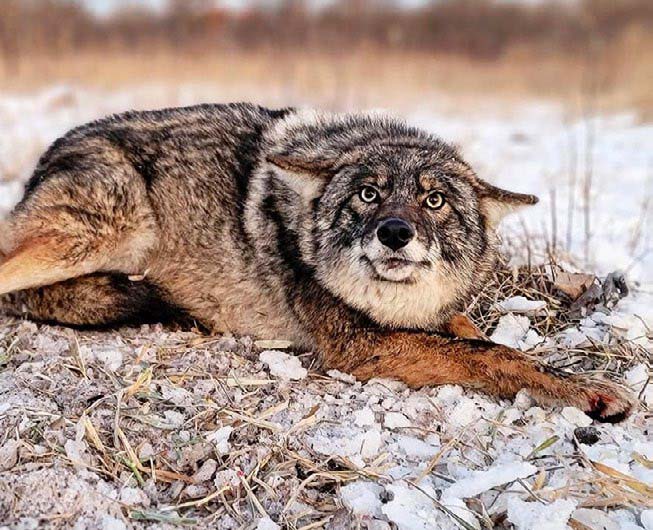
Bobcat
I am not too familiar with bobcats since there is no population of them in my area. With some research, I found that bobcats can be just as big of a threat to ground-nest birds and fawns as all the other animals noted here. The main way to manage the bobcat population is to trap them. Unlike many fur-bearing animals, their fur is still of some value, so there is a balanced population in most areas.
In closing, I think it is important for each sportsman to do their part as a land manager and help keep local predator populations in check.
I know most hunters think land management consists of food plots and mineral sites, but that’s not only the case. You can have the best food plots in the area or a perfect mineral site, but if your predator population is high, you won’t see the full potential in using them.
Food plots and mineral sites will also help concentrate the deer or turkey into one easy place to be hunted. If you take nothing else from this article, I hope it makes you think about your local predator population. If it is out of control or your local numbers seem way down, I challenge you to take a trapper’s education course and learn to help do your part.
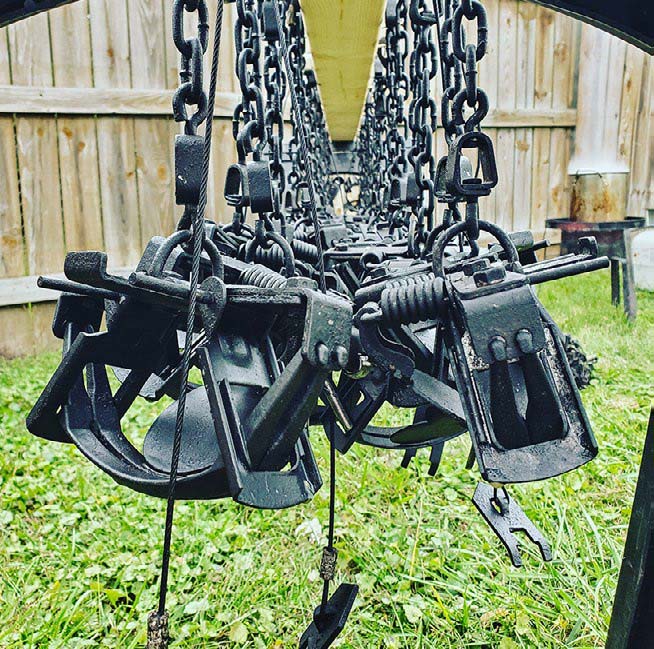



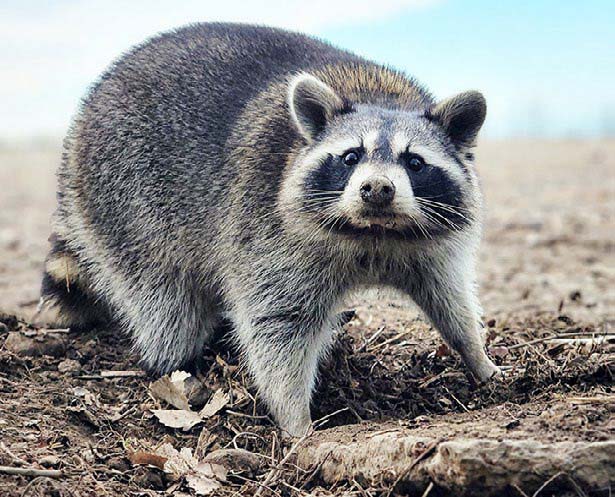
4 Comments
au9lz0
ell9ba
t7g6bg
aoo8j1